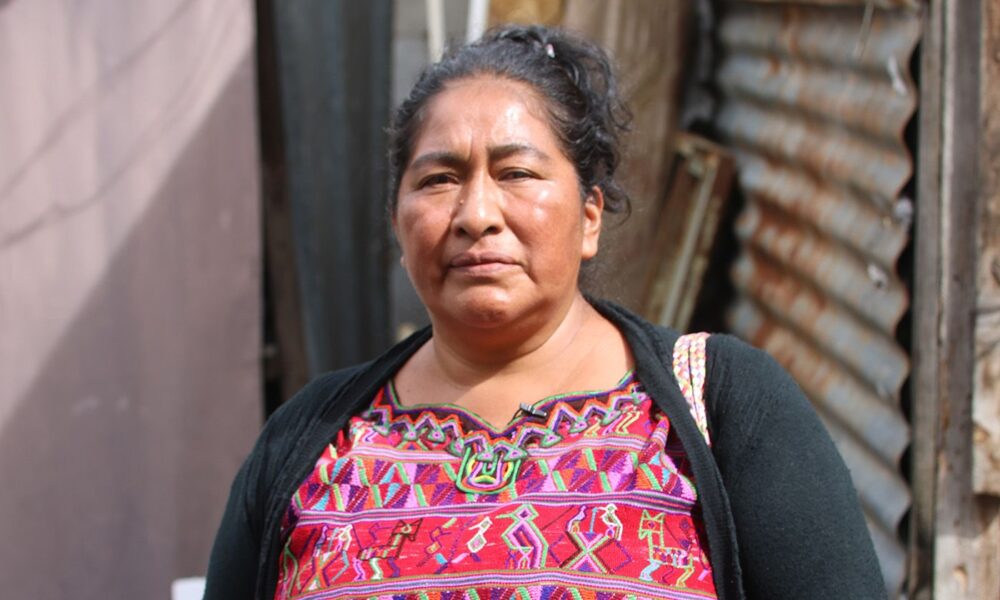In Guatemala, the garment industry, known locally as “maquilas,” employs tens of thousands of workers, primarily women. These factories play a crucial role in the country’s economy, producing clothing for major North American brands including Target and Ralph Lauren. Yet, the working conditions within these factories remain largely hidden, revealing a troubling reality for the workforce.
Workers travel from the outskirts of Guatemala City to their jobs in the early hours of the morning, often by foot, motorcycle, or overcrowded yellow school buses. Once inside the factories, conditions are starkly different from what the labels suggest. According to testimonies gathered by CNN, factory workers face public humiliation, impossible quotas, wage theft, and sexual harassment. Many report standing for up to 15 hours daily while earning a minimum wage of less than $500 a month.
Rosa Guerra, a worker in one of these factories, shared her experience: “If you don’t keep up, they flag you out, they discipline you.” Such treatment is not uncommon, as numerous employees reported similar experiences of intimidation and fear.
Challenges in Labor Rights and Safety
Guatemala has become a key player in the global garment industry, particularly during the Covid-19 pandemic when many manufacturers sought closer production sources due to supply chain disruptions. Between 2019 and 2022, garment imports from Guatemala increased by 37%, according to data from the US Department of Commerce. This sector now represents nearly 10% of Guatemala’s GDP, underscoring its economic significance.
Despite this importance, labor rights within the maquilas are severely limited. Only 76 of the more than 850 textile maquilas in Guatemala permit union representation, a mere 9% of factories. Workers attempting to organize often face threats, firings, and violence. Labor Minister Miriam Roquel confirmed these challenges, highlighting the oppressive environment that discourages collective bargaining.
Rutilia Cano, who worked for 23 years in a garment factory, lost her job when the factory declared bankruptcy. Cano, an indigenous woman, moved to the capital during the civil conflict in the 1980s. She recalled her struggle to meet production demands: “We were asked to make some 300 t-shirts an hour, but I never managed to.” As she navigates the aftermath of her layoff, she is left without the pension she was due, which amounted to 80,000-90,000 quetzales (approximately $11,000).
The Reality of Gender Dynamics and Abuse
A significant aspect of the labor environment in maquilas is the power imbalance between predominantly female workers and male management. Corina Olivares, a union representative at the Texpia II factory, has faced threats since taking over after her predecessor, Anastacio Tzib Caal, was murdered. She described the intimidating atmosphere created by violent graffiti targeting union members, which exacerbated fears among workers.
The prevalence of sexual harassment is another critical issue. One anonymous worker, known as Laura, reported inappropriate advances from a manager, stating, “I was too scared to speak out.” Another worker, Alexandra, described ongoing harassment from a supervisor who retaliated against her when she rejected his advances. When she attempted to report the abuse through her union, her group was subsequently laid off, reflecting the severe repercussions of standing up for labor rights.
Despite the challenges, the Guatemalan government under President Bernardo Arévalo has taken steps to improve conditions. The administration raised the minimum wage for maquila workers by 6% and has promised to enforce existing regulations more vigorously. However, as labor inspectors struggle to engage with factory management, many workers remain in precarious situations.
The future of these workers is uncertain, particularly as international trade policies shift. The White House has imposed tariffs on various countries involved in global textile supply chains, which could affect Guatemala’s garment exports. While the impact of these tariffs is yet to be felt, workers in other countries, such as Haiti and Lesotho, are already experiencing dire consequences.
As Alexandra contemplates her future, she has resolved to leave the garment sector entirely, hoping for a better path for her daughter. “I will never want my daughter to work in a maquila. Ever,” she stated, emphasizing her desire for her child to pursue opportunities beyond the harsh realities that defined her own career.
With the complexities of labor exploitation in Guatemala’s garment industry coming to light, it is clear that further scrutiny and reform are essential to ensure fair treatment for the millions who contribute to this vital sector.







